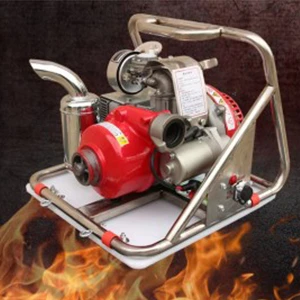

True effectiveness in using these tools is not only determined by individual skill but also by teamwork and coordination. During an incident, clear communication and strategic role assignment within the fire crew are paramount. Training sessions that emphasize collaborative problem-solving enhance expertise and ensure the harmonious use of each tool's feature when executing a forcible entry. Authoritative knowledge sources are vital for continuous learning and skill enhancement in the use of forcible entry tools. The National Fire Protection Association (NFPA) provides guidelines and standards that underpin fire service operations. Additionally, technical manuals from tool manufacturers offer detailed instructions and safety checklists that are invaluable for maintaining tool performance and firefighter safety. Trustworthiness is further reinforced through consistent tool inspections and maintenance to prevent equipment failure during critical operations. Regular assessments for wear and tear, proper lubrication, and secure storage are practices that safeguard reliability and readiness. Fire departments worldwide regularly update their training protocols to include advancements in tool technology and techniques, ensuring that firefighters are equipped with the latest knowledge and skills. This dedication to professional growth underscores the commitment to safety and efficiency, crucial aspects of forcible entry operations. In conclusion, firefighter forcible entry tools are more than just instruments; they embody the critical lifeline for civilians trapped in dangerous situations. Mastery of these tools requires a blend of experience, practice, expert guidance, and adherence to authoritative standards. By cultivating these elements, firefighters enhance their ability to execute their roles with precision and trustworthiness, ultimately advancing the mission of saving lives and protecting property.




























